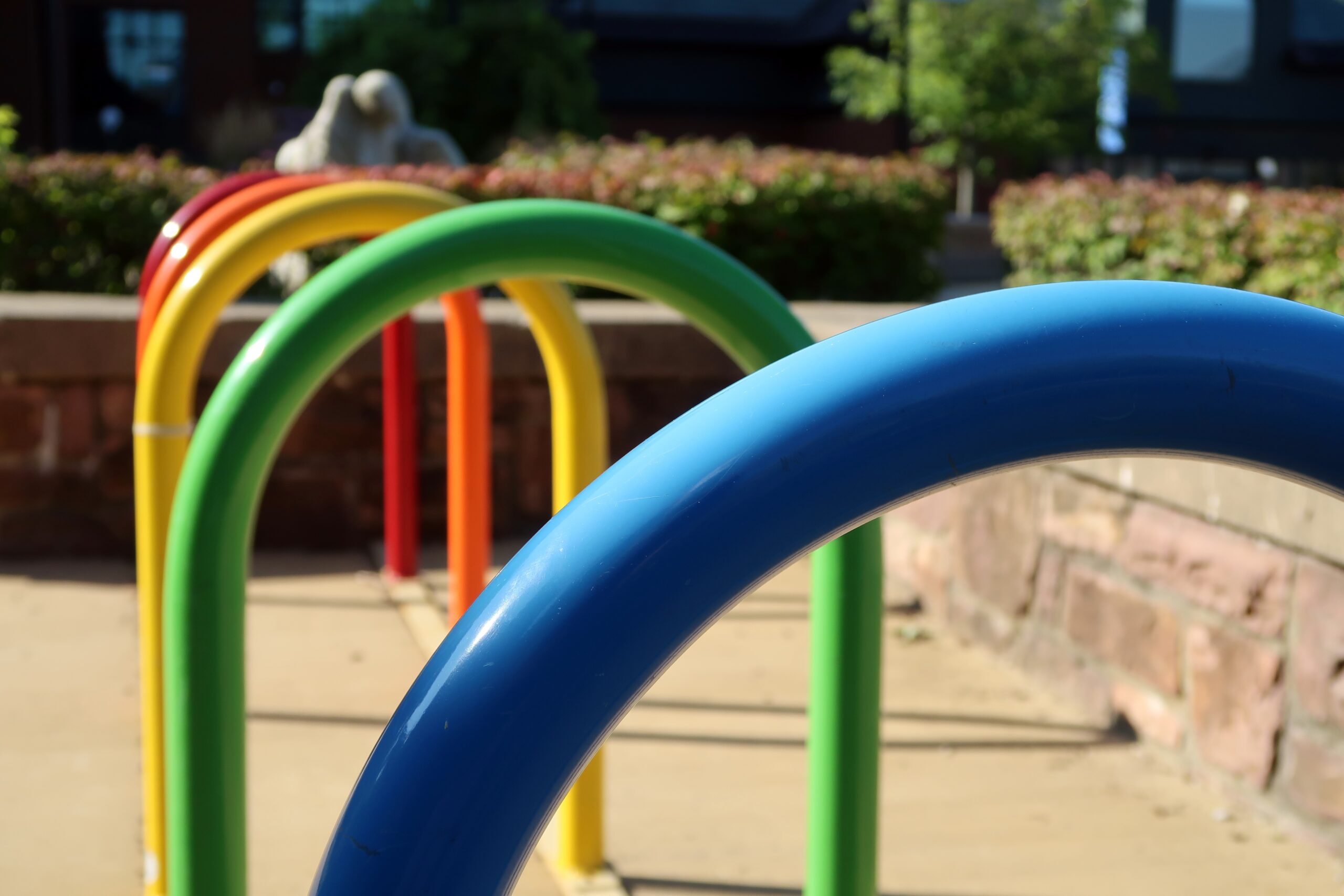It’s time to be an advocate for safe schools for all students! Although there has been important cultural and social progress for the lesbian, gay, bisexual, transgender, and questioning community, the school environment is still one where not all students feel fully supported or included. We can work together to change this!
Teachers, administrators, and school support staff play a critical role in helping create a safe space for all students to thrive. When we step up and help educate students and community members, provide resources for youth and parents, and create inclusive learning environments for all children, we create schools where our LGBTQ students feel empowered to fully participate without judgment or fear. This is why we are so excited to bring to you our newest Learners Edge course, Thrive: Supporting LGBTQ Students in School. This introductory course will provide you with strategies and policy- decisions to create an inclusive environment in your own classroom and across your school.
Here are three ways to get started supporting your LGBTQ students now:
1. Build Inclusive Environments and Encourage Individuality
Every student has their own set of unique interests and personality traits. Unfortunately, many students may feel uncomfortable following their interests, especially if they do not match traditional gender roles. It is never tooearly to help students see beyond these stereotypes! Let all of your students know that they can follow their interests, and make this clear when your students are picking between activities or interests. This can be simple:
- “If you’re interested in joining the cheer team, let me know! This goes for boys, too; so I’d encourage every single student in this class to think about it if they are interested.”
- “During recess today you have a choice between learning a danceorplaying soccer. Remember that girls can play soccer and boys can dance, so do whichever you’d like to do more.”
Whenever possible, be specific and inclusive of LGBTQ students when developing a respectful classroom culture. Consider what values would help LGBTQ students feel welcome. Do you think your class can agree to never use anti-LGBTQ slurs? Should your students agree together that students of all genders can follow their interests?
Work with your students to create a list that you can post in the classroom. Posting the list will increase accountability among students and you can always add more values as the school year progresses.
Implementing LGBTQ voices in your curriculum also builds an inclusive classroomculture. An easy first step is to include important issues in the LGBTQ community as you discuss current events, or include relevant LGBTQ leaders in your discussion of history or political movements. Most schools serve diverse communities, so remember that topics such as bullying, name-calling, self-esteem, and empathy are equally relevant and important, and another great place to start if your school is just beginning to build LGBTQ-inclusive programming and policies.
2. Take Anti-LGTBQ Bullying Seriously
One of the most important things we can do is to respond to insensitive comments about gender orientation when they happen.Oftentimes, educators avoid addressing anti-LGBTQ language and comments because they do not know how to respond or worry about backlash from students or community-members if they do respond. As you begin your school year, discuss bullying policies withyour principalandbe sure that they know that you will be actively be supporting LGBTQ students. Have a plan for how you will address insensitive comments if you hear them, and have clear consequencesin placefor students. Ideally, students engaged in bullying or name-calling will also have opportunities for reflection to reduce future conflict and promote understanding.
3. Encourage Professional Development Opportunities
Professional development and training can play a vital role in preparing teachers and school staff to provide the best possible support to LGBTQ students. If your school or district does not currently offer training or resources,or if you or other educators feel more resources are needed,reach out to your leaders and administrators to encourage growth in this area. As you can see from the data below, training leads to stronger support and implementation. The effort is worth it as we work to build environments whereallstudents can thrive!

We hope you will join us in Learners Edge course 5043:Thrive: Supporting LGBTQ Students in School!
Resources
- Girard, C. (August 16th, 2016).Back to School: Four ways educators can supportlgbtqyouth. Retrieved from https://www.hrc.org/blog/back-to-school-four-ways-educators -can-support-lgbtq-youth
- GLSEN. (2016).From Teasing to Torment; School climate revisited. New York, NY: Gay, Lesbian, and Straight Education Network. Retrieved from https:// www.glsen.org/sites/default/files/TeasingtoTorment%202015%20FINAL%20PDF%5B1%5D_0.pdf
***







